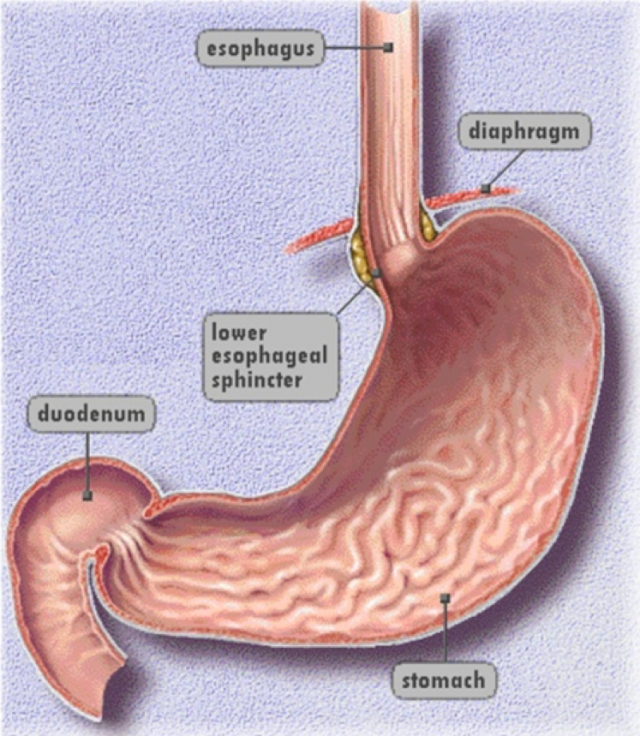What Is an Endoscopy?

An endoscopy is a procedure in which a flexible, lighted instrument is inserted through the mouth and into the stomach. This instrument, called an “endoscope,” is equipped with a video chip and strobe light so it may capture
images of the digestive tract. The procedure allows the physician to examine the inside of the stomach and makes it possible for him to take tissue samples, if necessary.
Who Needs an Endoscopy?
An endoscopy allows for the physician to view the upper digestive tract, stomach, and duodenum (the first part of the small intestine); therefore, it is normally performed on people who have been experiencing abdominal pain or inflammation within the
stomach, ulcers, or heartburn so that the physician can reach a better diagnosis for their medical condition.
What Should I Expect? How Should I Prepare?
Please schedule a driver to be at our facility during your procedure. No driver will mean a delay and possible cancellation of your procedure. Please expect to be at our facility for 2 to 2 1/2 hours from the time of arrival to the time you leave.
5 Days Prior to Procedure:
- Discontinue Coumadin anti-coagulant before the test.
Night Before Your Test:
- Eat a light meal for supper, preferably one with soft foods like mashed potatoes, Jello, etc. Do not eat or drink anything red-colored.
Morning of Your Procedure:
- Do NOT eat or drink anything after midnight or the morning of your examination. You may brush your teeth and gargle.
- You may take your routine medication unless instructed otherwise. Diabetic patients will need to follow specific instructions given by the doctor or nurse.
- Leave all metal objects at home (i.e., jewelry, hairpins, watches, etc.)
- Remember to bring your insurance information with you to the facility.
When You Arrive:
- You will be given a patient gown to change into, as well as a garment bag for clothes to be stored during the procedure. Jewelry, dentures, and contacts should not be worn during the procedure.
- Heart monitors will be put on. Vital signs will be checked while you are lying in bed, awaiting the procedure. Temperature will be taken, as well.
- You will be asked to sign a permit stating that you have been fasting in order to clean out the cavity that’s being examined. You will also be asked to sign a release for the procedure itself.
- You must tell the nurse about any medications, allergies, or medical conditions (i.e., whether you have had a heart valve, knee, or hip replacement). You will also need to discuss any pertinent family history.
- Nurse will start an I.N.T. (intermittent needle therapy) and you will be sedated for the extent of the procedure.
During the Procedure:
- Your blood pressure, pulse, heart rate, and oxygen percentage will be monitored throughout the procedure.
- While you are sedated, you will lie on one side while a scope is inserted into the mouth and routed to your stomach. The physician will take several digital pictures of the digestive tract for review.
- You should feel little discomfort and should have no particular memory of the event upon waking from the procedure.
Recovery:
- You will be transferred back to the recovery room where you were prepped. The I.N.T. is removed at this time, and you will be briefed about what the physician saw during the procedure. He or she is also given recommendations for medications, follow-up
visits, and diet. Educational materials are also distributed.
- You will be allowed to dress at this time. A nurse will then escort you to your car in a wheelchair. You will be called the next day to see how you are doing.
